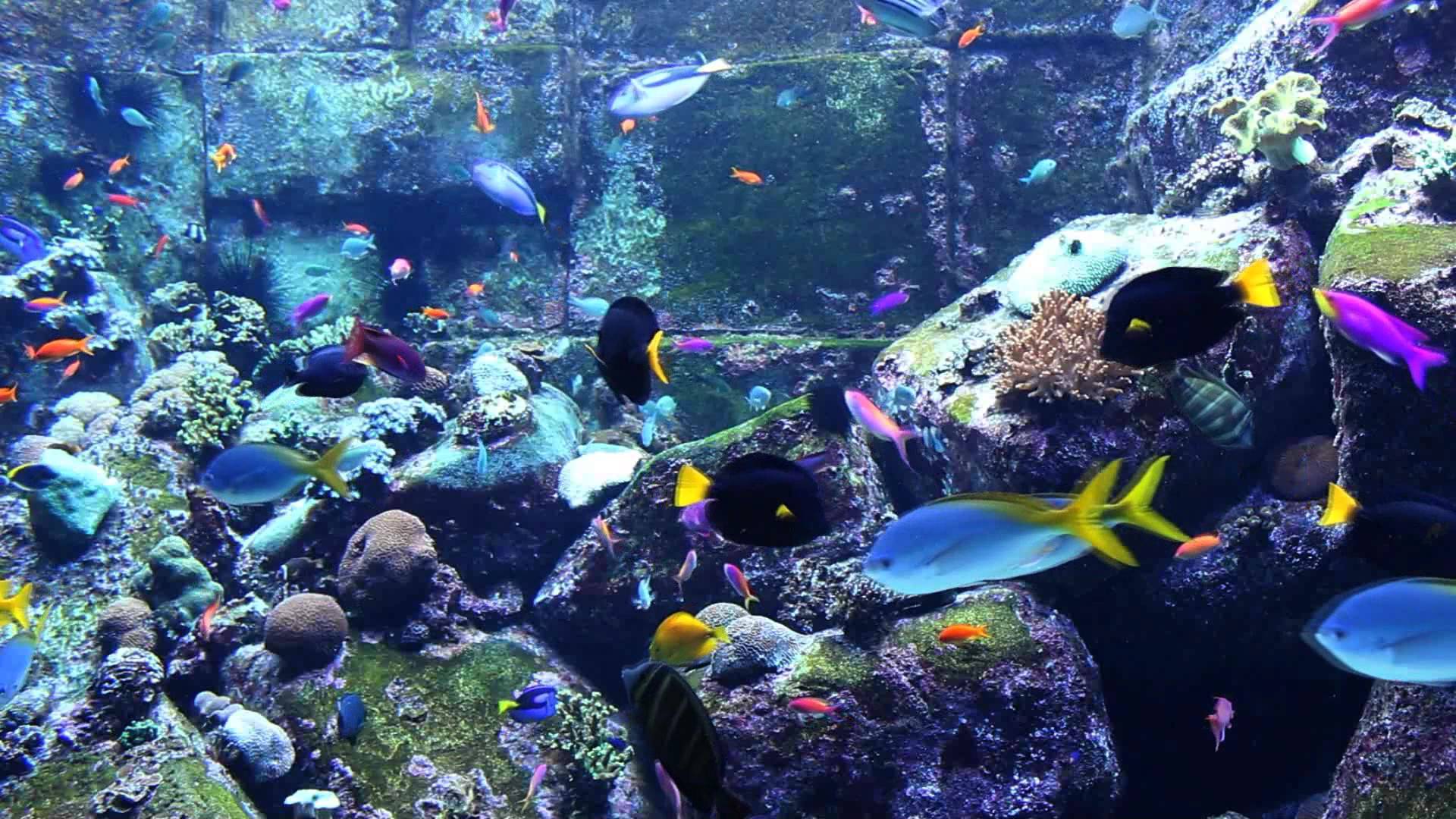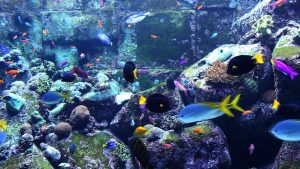There are quite a lot of web sites these days offering all sorts of advice on fish husbandry, from how to set up an aquarium, to breeding many of the fish we find in our local fish stores. Having kept fish of one description or another since I was a child and having managed to breed quite a few species of catfish as well as many differing species of fish from varying orders and families I thought I would share some of my “basic rules” of fish keeping.
The first rule, regards ……. WATER
My Golden rule:-
‘Crystal clear water’ doesn’t necessarly mean fish will live in it. Vodka’s clear, but fish won’t live in it!
I tend now to use a mixture of rain water and R.O. (reverse osmosis) water as the water companies in my locality tend to use a considerable amount of chemicals to keep the main supply safe for human consumption. Unfortuneately some of these chemicals can have a detrimental affect on the health of ones fish, especially with more delicate and sensitive species; However, when I am forced to use ‘tap water’ I always use a declorinator. Buy test kits, (pH, Nitrate, Nitrite, Ammonia & GH); the LFS are not usually open at night, which is usually the case when we spot that something is amiss after arriving home after a hard days work. There are plenty to chose from, individual tests, master test kits and all-in-one test strips. Also try testing your mains water from time to time. Test it once as it comes out of the tap; then, leave a cup of tap water for 24 hrs, and then test it again. As well as knowing the chemistry of what you are starting with Sometimes the pH may drop, as certain additives that water companies put in their water to ‘buffer’ the pH to neutral, deteriorate. If this happens you are now aware that this could affect the pH in the aquarium a day or so after you carry out water changes. Also on occasion the tap water in my area has proved to contain both Nitrates & Nitrites. All these things can and will cause problems to your fish, armed with this knowledge corrective measures can be taken when the need arises.
The Second rule, regards…………….SUBSTRATE
My Golden rule:-
Avoid using any gravel or sand that has sharp edges. This will soon cause injury to the barbels of catfishes.
Substrate comes in all forms and sizes, and has many uses. One example is the use of gravel, not only as a substrate material but also as a filter medium; when incorporating a under gravel filtration system. Another is the use of sand; and there are today also many commercial ‘artificial’ substrates of various grades available through our local fish stores. No matter what type of filtration is used, a substrate free from sharp edges should be selected. Not all gravel and sands that are available are smooth and round. If a substrate contains pieces that have sharp edges, it is more than probable that a catfish that tends to ‘root’ in the substrate will damage its barbels and infection to the barbels can occur; leaving you with an un-healthy fish. One other thing that has to be taken into account when purchasing decorative gravel (artificially coloured) is that not only can it have sharp edges but on occasion the gravel used is calciferous, this is because the die used bonds to this type of aggregate better that other non-calciferous types of gravel. However, when the die starts to deteriorate and comes away from the gravel, the pH of the water will rise, which again may have a detrimental effect on your fish.
The Third rule, regards………………AQUARIUM DECOR
My Golden rule:-
Always thoroughly treat any newly acquired item of decor. As any new addition to ones aquarium has the potential to be a carrier of infection and disease.
Décor should be chosen in the first part for that which we would find in the natural habitat of the catfish. Most Hill stream catfish like to have somewhere to retire too when they are not busy foraging for food. In some species a large stone or rock are sufficient to meet their needs, where others like tight clumps of plants or piece(s) of bog wood into which they can seek safety and solitude. With the coming of the internet it has enabled the aquarist to find out more information about the fishes we keep than ever before and using various search engines we can gain knowledge about their habits and habitats and thus make our aquaria more fish friendly. Although this may be a contentious issue to some; and can look unattractive, algae is not all that bad a thing to have, depending on the type it can have beneficial effects to our fishes. Bear in mind that some catfish graze upon this algae, and there are some that whilst appearing to graze upon the algae are in fact actually feeding upon the bio-film of invertebrates that can be found within.
The Forth rule, regards………………FISH SELECTION
My Golden rule:-
If in doubt, leave well alone.
When selecting your fish make sure that all fish in the tank are in a healthy condition, and make sure the fish you are buying, are: –
(a) Compatible to keep with your other fish.
(b) Does not have the potential to out grow your tank, unless you really DO intend to purchase a larger aquarium when the need arises.
(c) If you are not sure that the fish is suitable for you. Try talking to the store-owner; and If you are still unsure go home and try a web search on them and find out what their requirements are; you can always return to the store if the fish proves suitable.
(d) If you intend to try and breed them, make sure that you have a pair, or quite a few if they are group spawner’s. If you can’t determine their sex it may be best to purchase at least 4 or 6 specimens; this way you have a chance of obtaining both males and females. Do not always choose the largest fish in the tank as in certain species the males are the smaller of the sexes, assuming that the fish are all the same age.
The Fifth rule, regards………………FEEDING
My Golden rule:-
Always feed live food like bloodworms and daphnia to medium and small sized catfish as part of a balanced diet.
Some people are under the assumption that bottom feeding fish eat what the other fish leave. Although it can be said for some species that this is the case, a lot of “bottom” dwelling fish have their own particular dietary demands which need to be met, for example it is true to say that some species of Loricariidae (pleco’s etc) ‘eat’ bog wood, and that Erethistidae species from Asia prefer a diet of small aquatic invertebrates, therefore these needs have to be met in order to keep the fish healthy. When I purchase fish(es) that I have never kept before, I make sure that one of the first things I do is to find out what the fish feeds on in its natural habitat. Some Local fish stores are good at providing such information, whilst others are not so good, as in the case of pleco’s, just because they have a ‘sucker’ like mouth does not mean they ALL will eat vegetable matter and keep the sides of the tank algae free.

